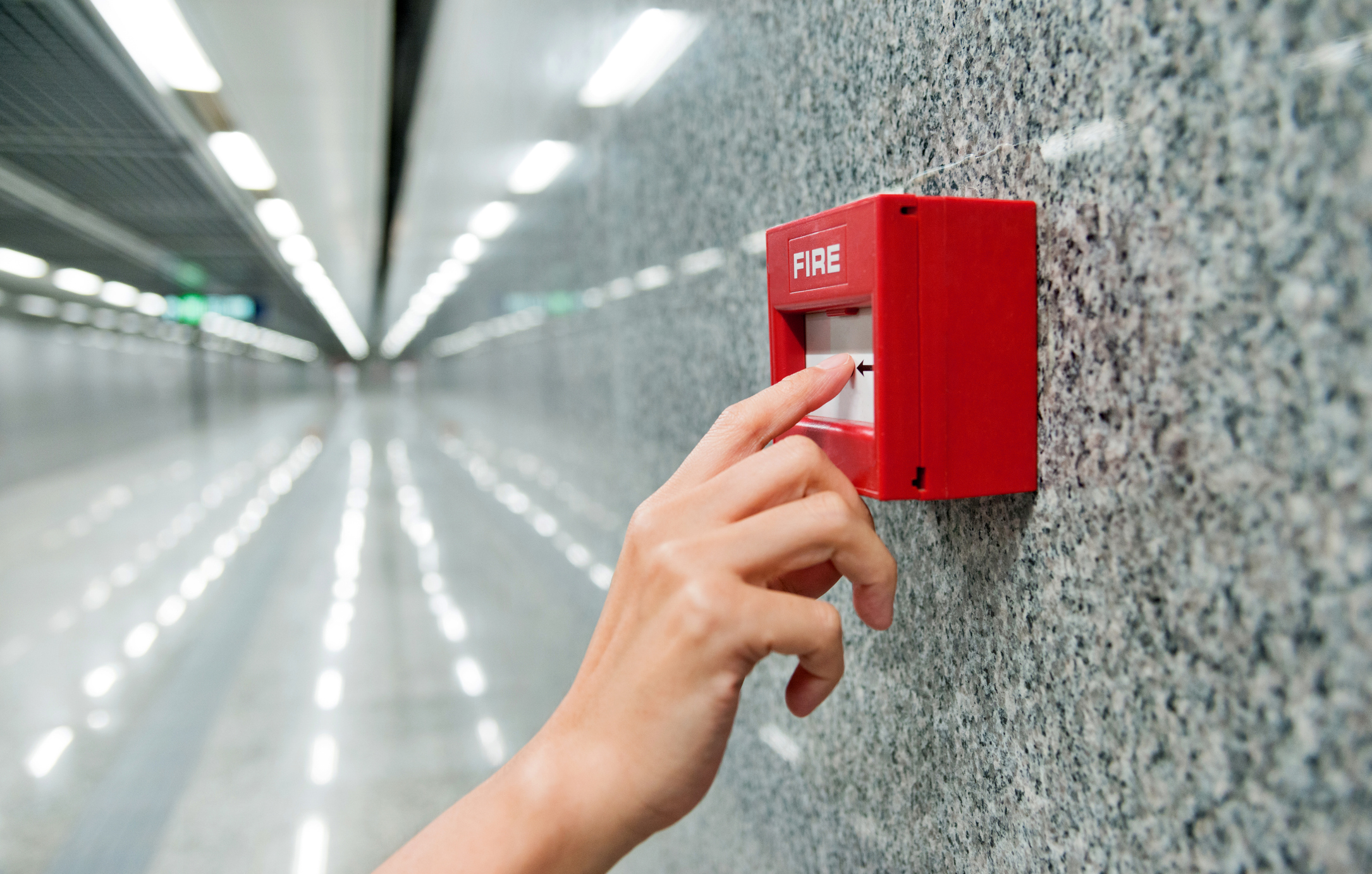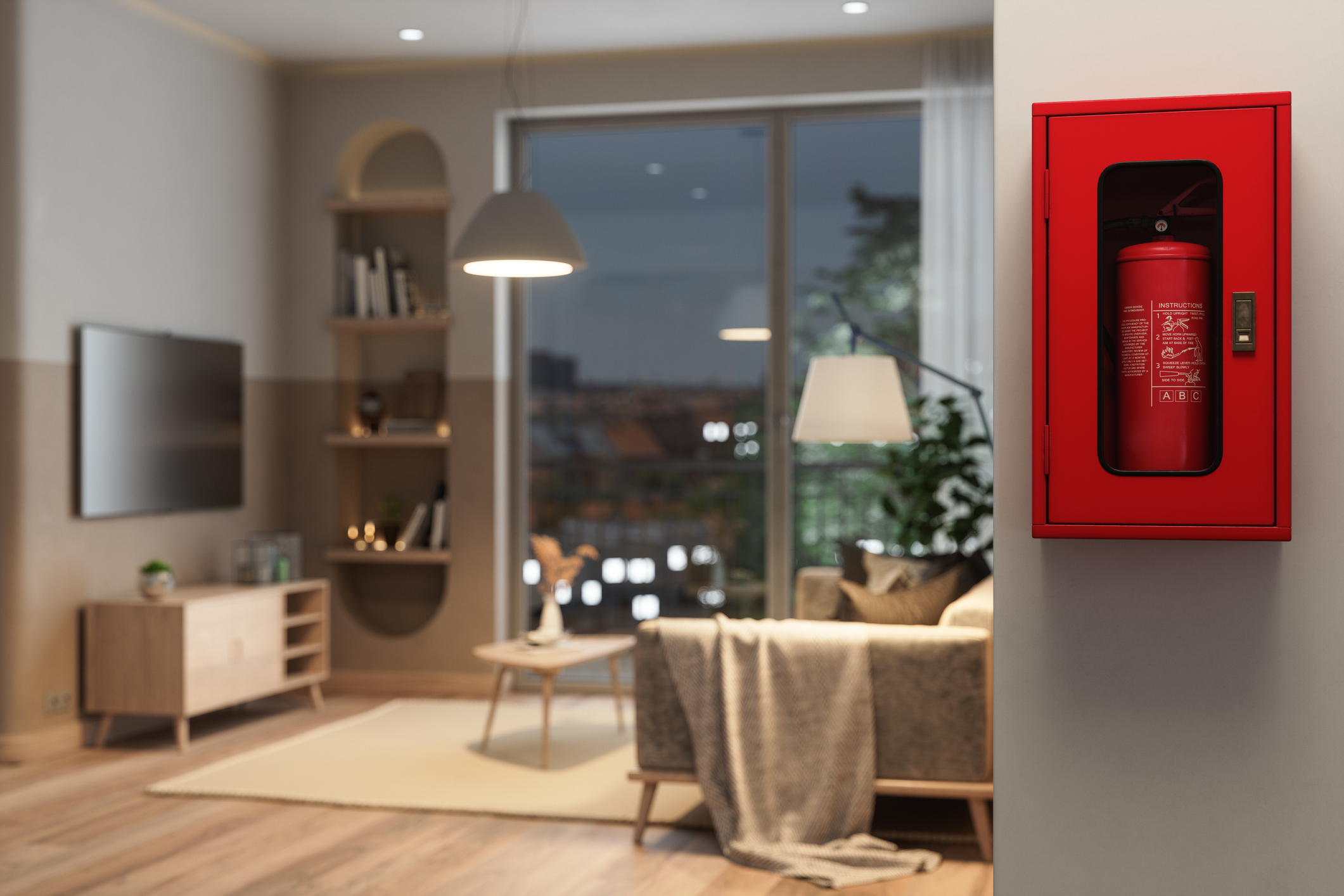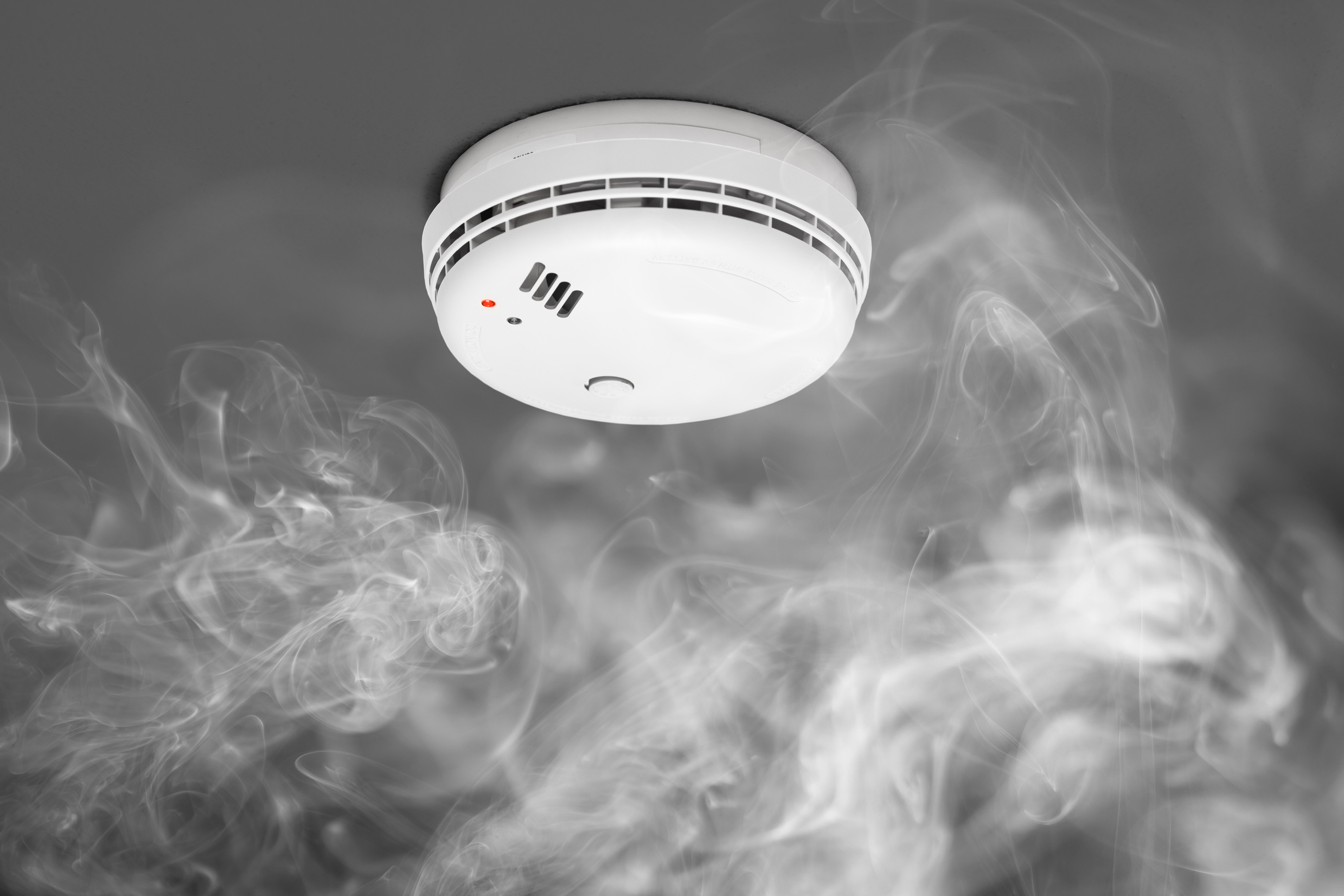
A Guide to Care Home Fire Alarms and Fire Safety
What problems might you face in the event of a fire in a care home?
In the event of a fire in a care home, there are several problems that may arise. The biggest one is likely going to be the limited mobility of residents, which will make it harder for them to evacuate the building quickly and safely without help. Another hurdle, especially in regard to patients, is cognitive impairments, which could make it difficult for them to understand the danger of a fire or to follow instructions during an evacuation.
It’s also worth bearing in mind that care homes may have fire hazards such as medical equipment or flammable materials that can accelerate the spread of fire, reducing the amount of time you have to get everyone to safety. The layout and design of a care home can also make it difficult to evacuate residents quickly, as the buildings are often large with lots of rooms and corridors to navigate.
What should you do when the fire alarm sounds in a care home?
There should be a strict procedure in place to ensure that all occupants and staff are evacuated from the building safely. Although this can vary according to the specific needs of your care home, the general instructions are as follows:
- Evacuate the building immediately – follow the plan for evacuating elderly residents and check all rooms if it’s safe to do so
- Follow highlighted exit signs
- Use stairs – not lifts
- Keep fire doors on stairways closed
- Meet at the designated meeting spot outside
- Don’t re-enter the building until given the all-clear by the fire services – they should have been alerted automatically by the alarm system. If this is not in place, call 999 as soon as you are outside.
- If anyone is not accounted for, report this immediately to the care home manager or directly to a member of the fire brigade.
What type of fire alarm system must be fitted in a care home?
Care homes should all be fitted with L1 fire alarm systems. This is the government requirement to meet the fire safety regulations and offers the highest level of protection available. These systems are essential as the residents of a care home are at much greater risk of harm should there be a fire.
This system provides automatic detection of smoke or heat and an alarm has to be fitted in every room in the care home. The system also includes:
- Fire extinguishers
- Fire doors
- Strobe alarms – this is to aid impaired residents who may struggle with hearing to show them visually that there is a fire
Who is responsible for fire safety?
Typically, one person will be assigned to manage and carry out fire safety procedures. This individual is known as the ‘responsible person’ and in most cases is the care home manager. They will then assign members of staff on each shift to become fire marshalls – these people will be responsible for carrying out all necessary fire evacuations in the instance of a fire alarm sounding.
Care home fire safety requirements
Certain requirements must be met in care homes when it comes to fire safety:
Fire alarms
All care homes must have L1 fire alarms fitted in each room. These systems are addressable, which means every detector has its own unique electronic address, so managers can identify which alarm is sounding.
Fire wardens
A common question we often get asked is, how many fire wardens should there be in a care home? The general rule is one for every 50 people.
Fire extinguishers
Care homes need a mixture of Class A (those which put out wood or paper fires) and Co2 Extinguishers.
Seek professional help for care home fire alarm and safety installations
We recommend seeking help from trained professionals when installing your fire alarm and safety features, such as the services available here at Britannia Fire & Security to guarantee you are ensuring the highest amount of safety and protection that you can against fires and fire hazards for both your employees and residents.
Fire Safety Regulations in Care Homes
Due to the unique environment of care homes – which house vulnerable and elderly people – fire safety needs to be a top priority and tailored to the needs of occupants. A large part of ensuring the fire safety standards are adequate for these facilities is through rigorous regulation. Below is an overview of the main regulations that have governed fire safety in care homes over the years.
The Care Home Regulations Act (2001)
Initially enacted in 2001, the Care Home Regulations Act was a major legislative framework aimed at improving fire safety standards within care homes. This act set forth requirements for fire detection, suppression systems, and emergency evacuation procedures, ensuring that residents were adequately protected in the event of a fire.
The Care Home Regulations Act was amended in 2003 to further refine these requirements based on the evolving needs and technological advancements in fire safety. However, this act was repealed in 2008 as part of a broader legislative overhaul. It was replaced by the Health and Social Care Act (2008), which integrated more comprehensive and updated standards for health and safety, including fire safety in care environments.
The Regulatory Reform (Fire Safety) Order 2005
Implemented in 2005, The Regulatory Reform (Fire Safety) Order exists as a cornerstone in fire safety legislation applicable to all non-domestic premises in England and Wales, including care homes. This order shifted the approach from prescription to risk assessment, mandating that a “Responsible Person” be designated to carry out regular fire risk assessments.
These assessments are important as they identify potential fire hazards, evaluate the risks associated with them, and determine appropriate safety measures. The order also emphasises the need for adequate fire safety training for staff, the installation of fire detection and fighting equipment, and the maintenance of clear escape routes at all times.
Who is Responsible for Fire Safety in Care Homes?
Fire safety in care homes is a major aspect of management that ensures the safety and well-being of residents and staff. The “Responsible Person” – typically the care home manager, the owner, or another designated authority – is tasked with ensuring that the premises adhere to fire safety regulations. This role includes conducting comprehensive fire risk assessments, implementing the findings of these assessments, and ensuring that all fire safety measures are up-to-date and effective.
Regular training for all care home staff is also mandated to equip them with the necessary skills to handle fire emergencies, including the use of fire extinguishers, understanding of evacuation protocols, and regular fire drills. Ensuring compliance with these responsibilities is not just a legal requirement but a moral one, considering the vulnerability of care home residents.




